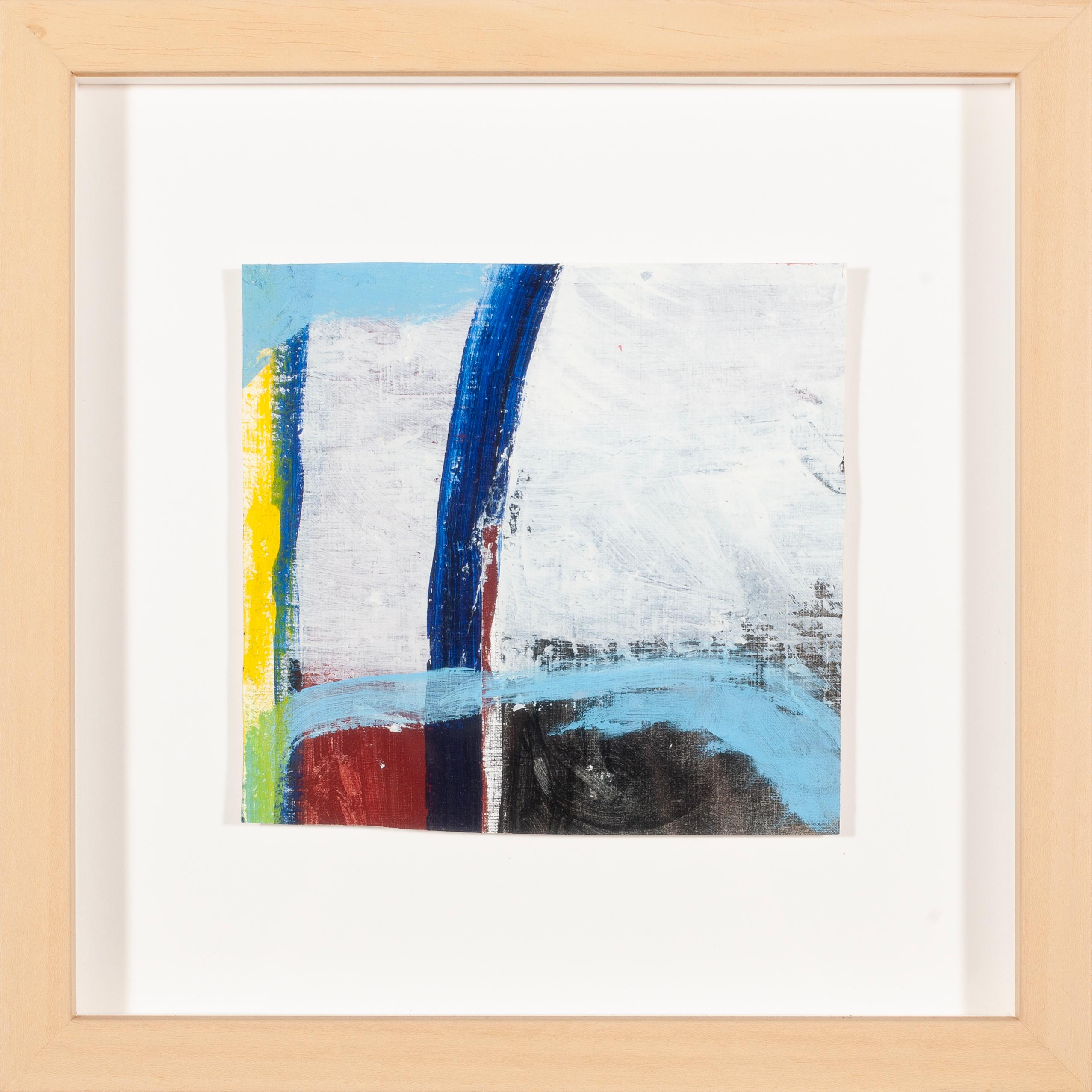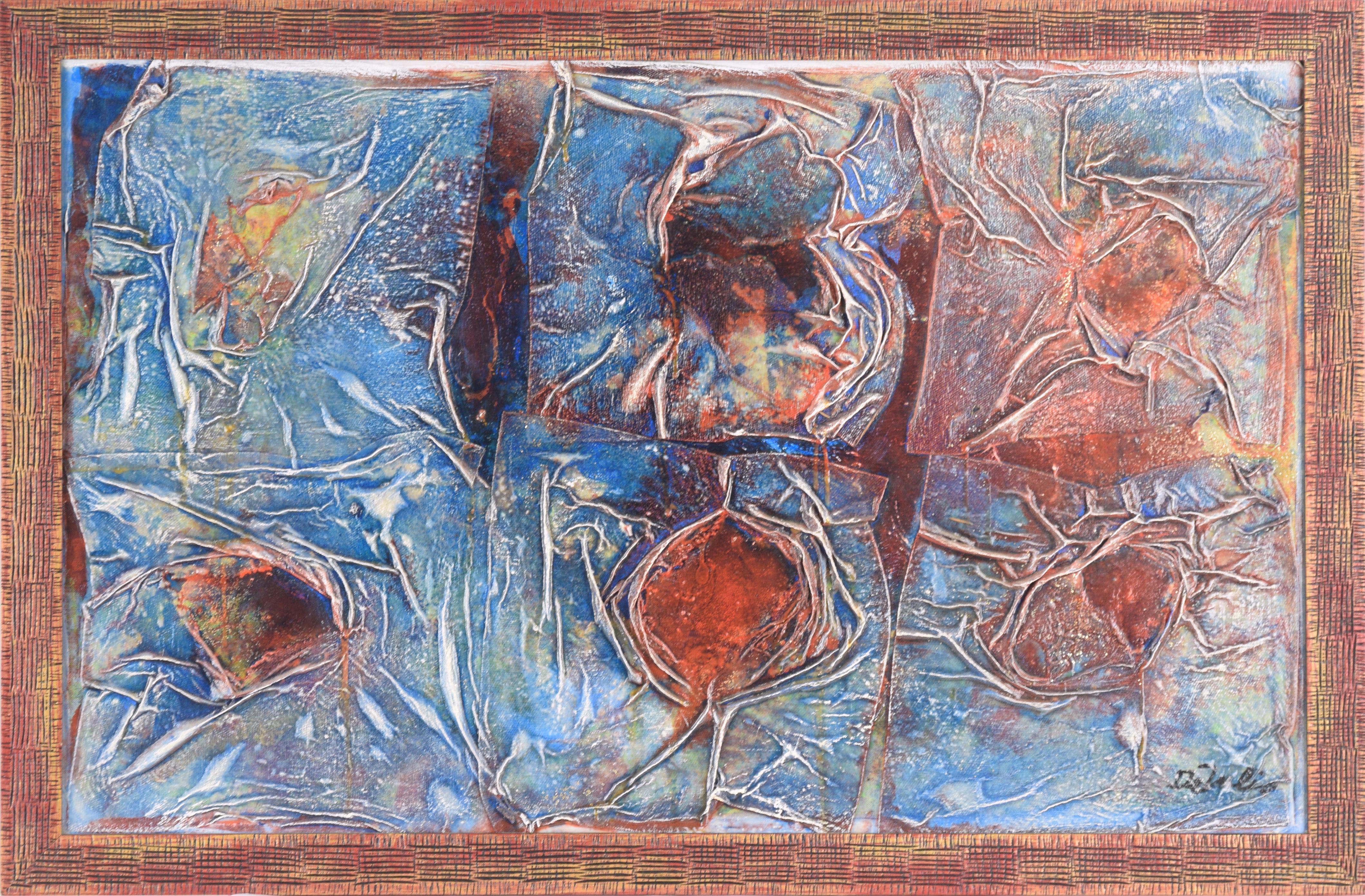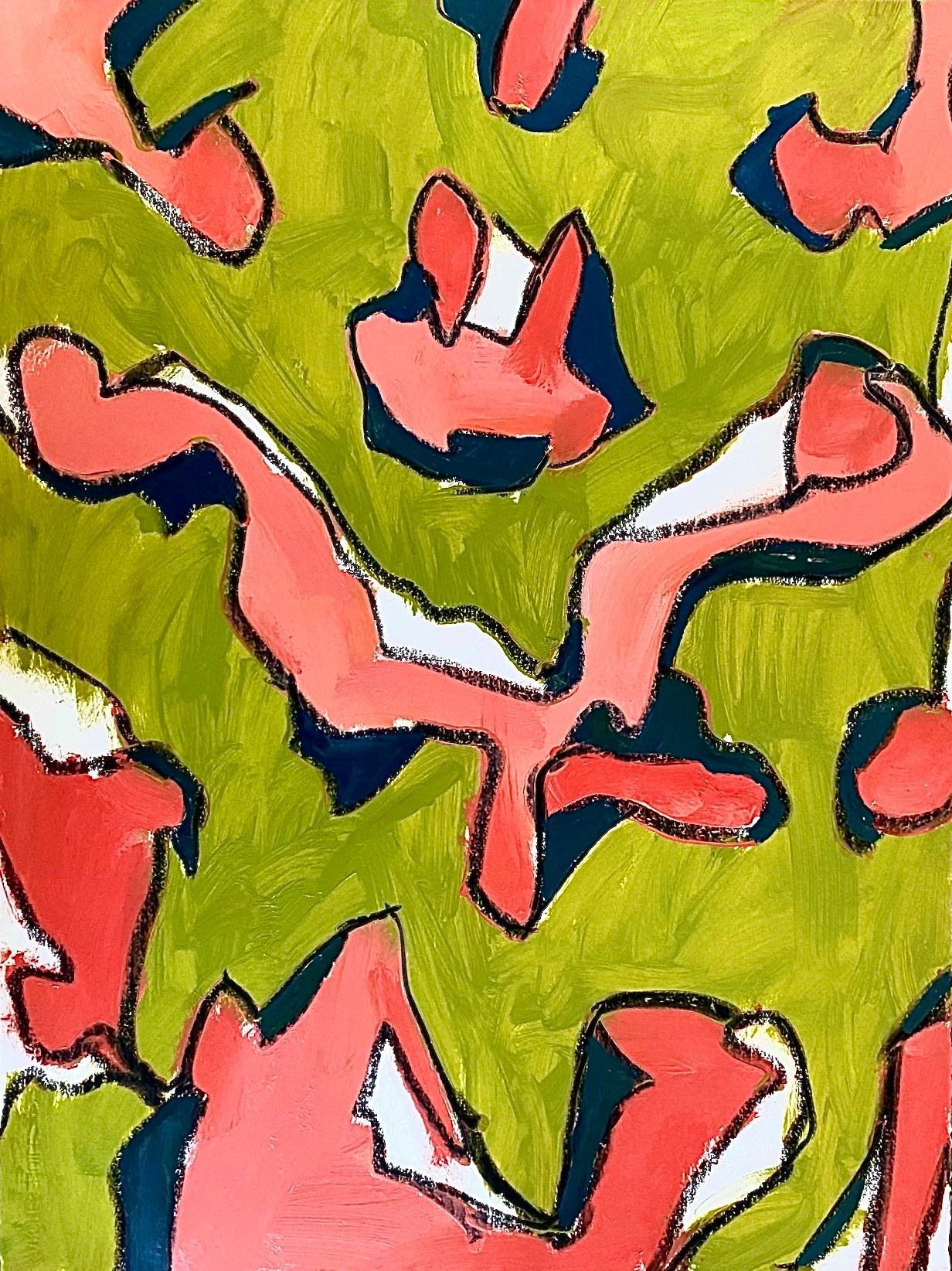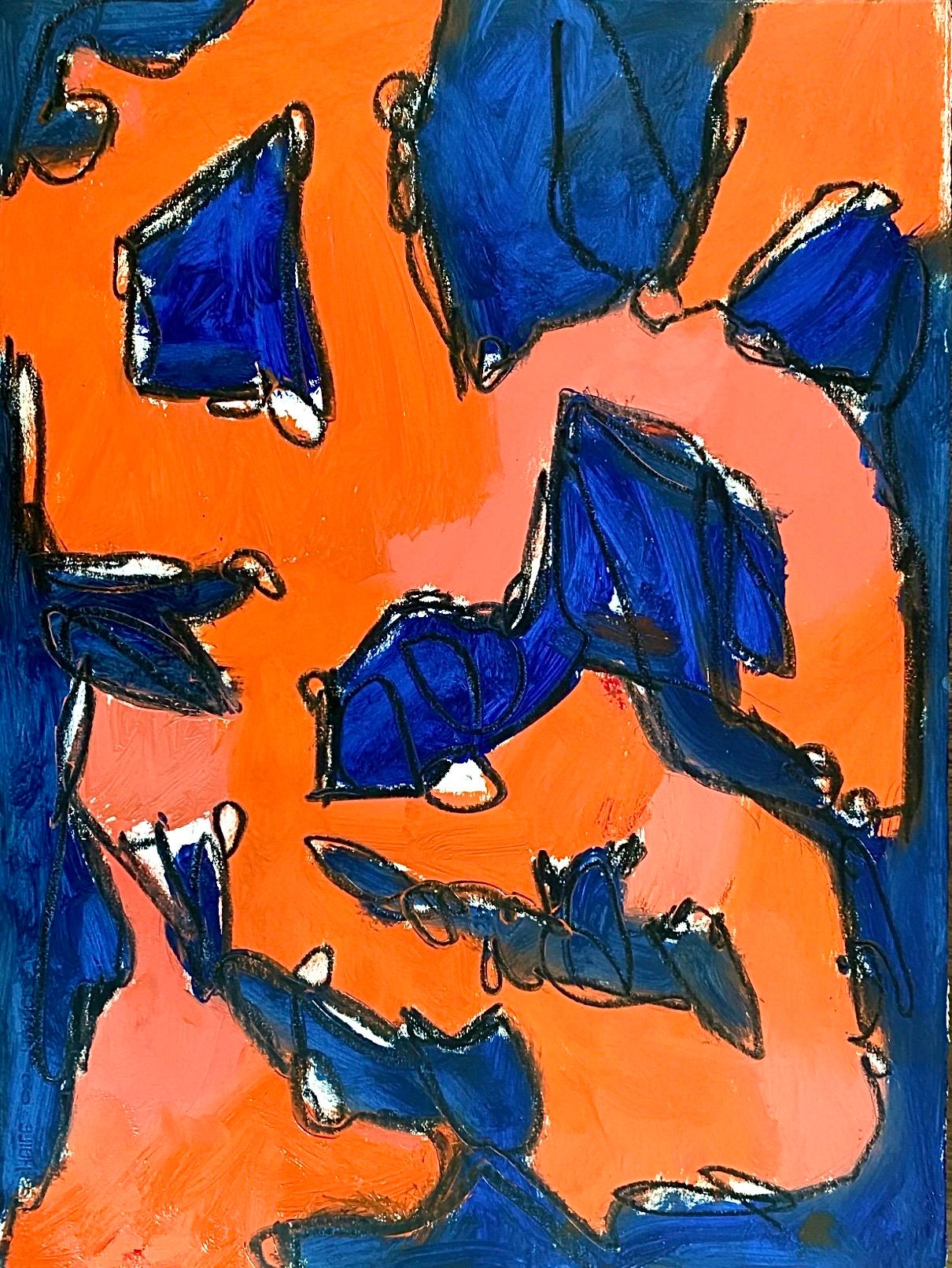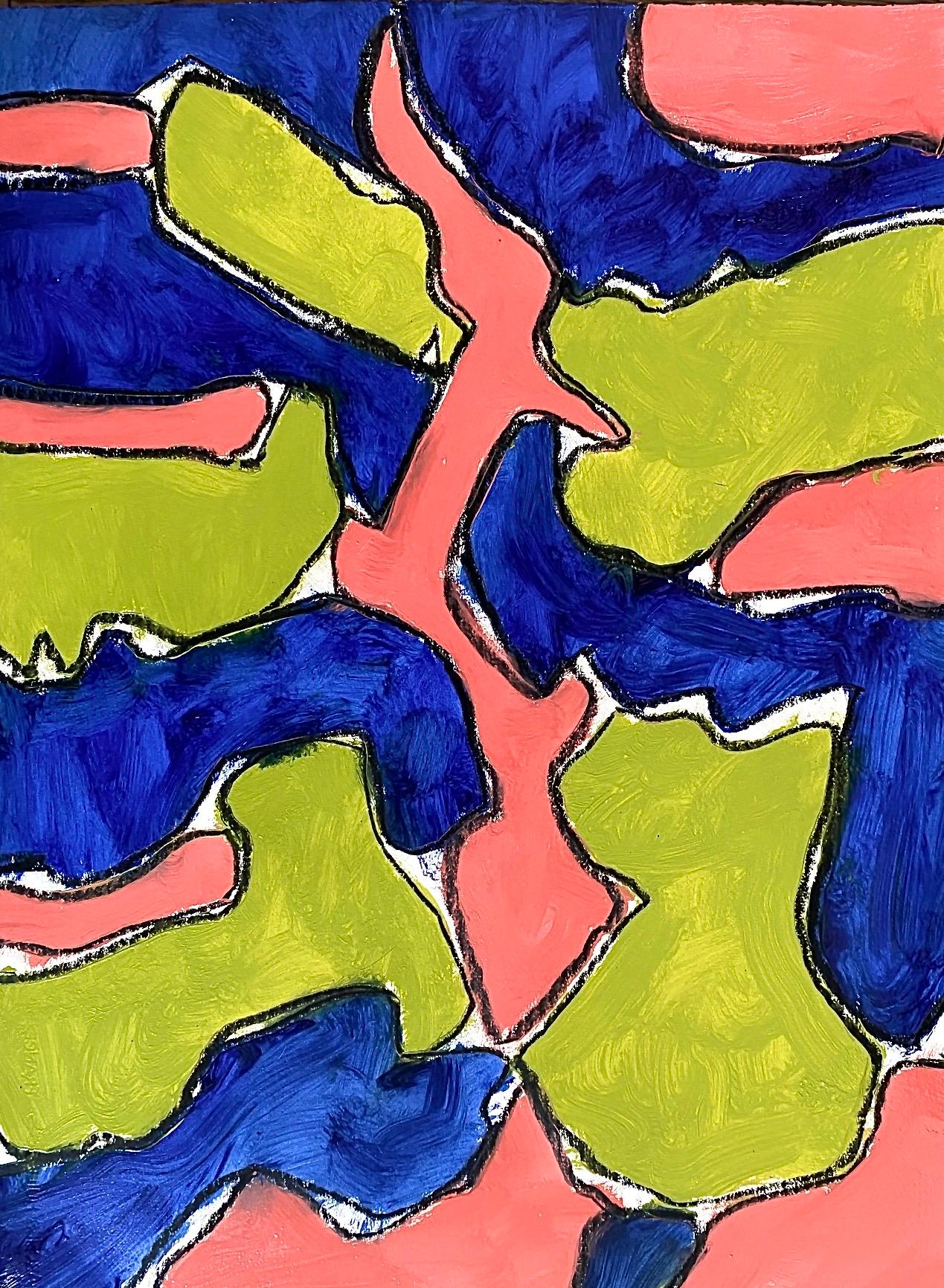Rolph ScarlettAbstract
About the Item
- Creator:Rolph Scarlett (1891-1984, American)
- Dimensions:Height: 12 in (30.48 cm)Width: 18 in (45.72 cm)Depth: 2 in (5.08 cm)
- Medium:
- Movement & Style:
- Period:
- Condition:
- Gallery Location:Saratoga Springs, NY
- Reference Number:1stDibs: LU17025891682
Rolph Scarlett
Rolph Scarlett was a painter of geometric abstraction during the American avant-garde movement of the 1930s and 1940s. Scarlett was born in Guelph, Ontario, Canada in 1889, he left Canada at the age of 18 to go to New York City and returned to Canada during the years of World War I. However, by 1924, Scarlett had established New York City as his home. While he was beginning his career as an abstract painter, he was designing stage scenery for George Bernard Shaw's play, Man and Superman and the Rockettes at Radio City Music Hall. In 1939, while creating the Museum of Non-Objective Painting (later the Solomon R. Guggenheim Museum), Director Hilla Rebay began to take an interest in Scarlett's work. By 1940, he had become the new museum's chief lecturer. By 1953, the Guggenheim owned nearly 60 of his paintings and monoprints. Scarlett later became a resident of the Woodstock art colony for more than 25 years and showed his work in the Woodstock exhibits.
- ShippingRetrieving quote...Ships From: Saratoga Springs, NY
- Return PolicyA return for this item may be initiated within 3 days of delivery.
- AbstractionBy Agnes HartLocated in Saratoga Springs, NYSigned lower right Agnes Hart was born in Meridan, Connecticut. She studied at the Ringling School of Art in Sarasota, Florida; at Iowa State University with Josef Presser, Paul Burlin and Lucile...Category
1950s Abstract Abstract Paintings
MaterialsSandstone
- UntitledBy Rolph ScarlettLocated in Saratoga Springs, NYSigned lower left. This is a large example of a non-objective painting by Rolph Scarlett. Scarlett was a painter of geometric forms and shapes. His intuitive style helped establish ...Category
Mid-20th Century Abstract Abstract Paintings
MaterialsCanvas, Oil
- Orange CircleBy Paul ReedLocated in Saratoga Springs, NYSigned & dated Verso. 1965 Paul Reed in 1970. He favored “staining” untreated canvas. Paul Reed, the last surviving member of the Washington Color School, who explored the complexities of color and form in vibrant bio-morphic and hard-edge abstract paintings, died on Sept. 26 at his home in Phoenix. He was 96. His death was confirmed by his daughter, Jean Reed Roberts. Mr. Reed acquired his public identity as an artist when he was included, along with Gene Davis, Kenneth Noland, Morris Louis, Thomas Downing and Howard Mehring, in “The Washington Color Painters,” a landmark traveling exhibition that began at the Washington Gallery of Modern Art in 1965. All of the other painters had been shown, the year before, in “Post-Painterly Abstraction,” a 31-artist exhibition at the Los Angeles County Museum of Art organized by the critic Clement Greenberg in an effort to write a new chapter in the historic march of abstract art. Like his fellow Washington artists, Mr. Reed rejected the hot, gestural approach of Abstract Expressionism and explored color and abstract forms in a cooler mode. Working with diluted acrylic paint, in discrete series that methodically explored formal issues, he created luminous fields of color by letting the paint bleed into, or stain, untreated canvas. “I have a saying: Pollock dripped, Frankenthaler poured,” he told The Washington Post in 2011, referring to the artist Helen Frankenthaler. “Morris Louis poured. Howard Mehring sprinkled. I blot.” In his first stained series, “Mandala,” color radiated from a circular central image. The nearly 100 paintings in his “Disk” series, which he called “a matrix for exploiting color,” consisted of a central circle and two triangles positioned at the corners of the canvas. Over the next decade he moved to hard-edge geometric zigzags and stripes in the vertical “Upstart” series, color grids and shaped canvases that allowed for more complex experiments in form and color relations. He also made welded steel sculptures and, in the “Quad” series of the 1980s, collaged photographs. “Reed was, in a sense, the ‘little master’ of that first batch of Washington colorists,” the critic Benjamin Forgey wrote in The Washington Post in 1997. “He was a latecomer — he didn’t turn seriously to painting until he was in his mid-30s — but he never considered becoming anything other than an abstract painter. And when he was ready to show, in his early 40s, he was a very good abstract painter indeed.” Mr. Reed gave himself a more modest assessment in an interview with NPR last year. “I’m sort of low man on the totem pole of that group of six,” he said. Paul Allen...Category
1960s Abstract Geometric Abstract Paintings
MaterialsCanvas, Oil
- The FernBy Agnes HartLocated in Saratoga Springs, NYSigned lower right Agnes Hart was born in Meridan, Connecticut. She studied at the Ringling School of Art in Sarasota, Florida; at Iowa State University with Josef Presser, Paul Burlin and Lucile...Category
1940s Abstract Expressionist Abstract Paintings
MaterialsCanvas, Oil
- Abstract and DripBy Rolph ScarlettLocated in Saratoga Springs, NYSigned lower right. Description An example of Scarlett’s abstract drip painting, this untitled work has linear and geometric elements rendered in shades of black, rose, and blue and...Category
1950s Abstract Expressionist Abstract Paintings
MaterialsCanvas, Oil
- Refusal of the Brass RingBy Helen CartmellLocated in Saratoga Springs, NYHelen Cartmell (American, 1923 -2015 ) “Refusal of the Brass Ring” 1989 Signed and titled in pencil on stretcher, with name tag showing the title and date 60 x 51 inches 61 ¼ x 51...Category
1980s Abstract Abstract Paintings
MaterialsCanvas, Oil
- Transitions and Thresholds No. 1Located in Columbia, MOMeyer studied art at University of Central Missouri, Indiana State University and received her degree in painting and drawing from Columbia College. She has had the privilege of havi...Category
21st Century and Contemporary Abstract Abstract Paintings
MaterialsWax, Oil, Archival Paper
- Ripples in Space - Abstract Composition Original Oil PaintingLocated in Soquel, CARipples in Space - Abstract Composition Original Oil Painting Vibrant abstract composition of paint, paper, enamel, and glitter by unknown artist "DeZulio" or "Dejulio". Several pie...Category
Late 20th Century Abstract Abstract Paintings
MaterialsEnamel
- No.14By Steven MillerLocated in Bantam, CTSteven Miller trained at Parsons School of Design, Miller derives inspiration from electron microscope images that reveal the invisible building blocks of natural world. His pursuit ...Category
21st Century and Contemporary Abstract Abstract Paintings
MaterialsPaper, Oil
- No.7By Steven MillerLocated in Bantam, CTSteven Miller trained at Parsons School of Design, Miller derives inspiration from electron microscope images that reveal the invisible building blocks of natural world. His pursuit ...Category
21st Century and Contemporary Abstract Abstract Paintings
MaterialsPaper, Oil
- No.10By Steven MillerLocated in Bantam, CTSteven Miller trained at Parsons School of Design, Miller derives inspiration from electron microscope images that reveal the invisible building blocks of natural world. His pursuit ...Category
21st Century and Contemporary Abstract Abstract Paintings
MaterialsPaper, Oil
- No.3By Steven MillerLocated in Bantam, CTSteven Miller trained at Parsons School of Design, Miller derives inspiration from electron microscope images that reveal the invisible building blocks of natural world. His pursuit ...Category
21st Century and Contemporary Abstract Abstract Paintings
MaterialsPaper, Oil
